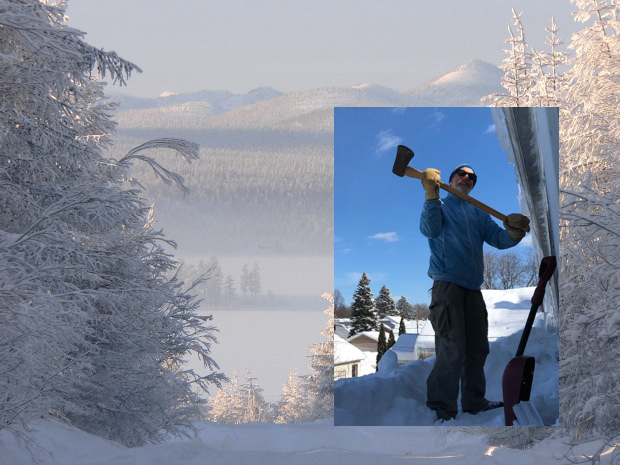DECEMBER 28, 2020 – Awhile back I mentioned a new old book I’m reading—The Icon and the Axe: An Interpretive History of Russian Culture by James M. Billington. It’s one of the densest histories of any I’ve read. Part of the “density” is the subject matter, with its complicated mix of religion, politics, and military exploits.
Then there’s the central stage of every history—geography—which, in the case of Russia, is enormous and filled with place names that challenge the Anglophone. Given my long-standing interest in Russian history, I’m fairly familiar with the basics of Russian geography. My grasp of these basics, however, still requires frequent cartographical references as I plunge deep into the push-and-tug of politico-religious influences; as I “travel” between one monastery and another within or outside the realm of old Muscovy.
Often the author’s narrative—and footnotes—lead down cart paths into areas that for me are wholly uncharted. I have to stop everything, pull out one atlas, then another. Before long I’m searching Wikipedia, then following links until I’m an hour beyond page 327 of a 786-page tome that draws the reader through centuries of human interaction in mostly the European part of Mother Russian.
An example of an “obscure excursion” within the broader journey through The Icon and the Axe is the route I followed recently. I first found myself within the “territory” of the underappreciated influence of Sweden (think “Gustavus Adolphus”) on the early years of the Romanov dynasty. Soon after crossing the border into this area, I learned that “The Sweden presence began to be felt in the 1590s with the Swedish sack and occupation of the northernmost Russian monastery, at Petsamo on the Arctic Ocean . . .” At the end of the sentence was a reference (footnote 115 of the chapter). I checked said footnote to learn that this was “An event in the famous Finnish novel, Juho Vesainen by Santeri Ivalo, which had considerable impact on Finnish self-consciousness after its first appearance in 1894.”
This side-bar led me to “Petsamo” on the map, then to a Wikipedia article about the Orthodox monastery that had been established. Soon I was exploring a series of proverbial rabbit holes involving Finnish history. Before long, I was in the middle of the “Winter War” of 1939-40 between Finland and Russia.
The point here, by way of one fairly obscure example, is that the history of human interaction is fathomless. To grasp fully how things got to the way they are, you have to understand how obscure events and circumstances tightly intertwined affect a bigger picture replete with developments that bear on yet a larger scheme and so on all the way to a full global perspective.
What this expedition reveals is how little I can even hope to understand confidently, “how we got to where we are.” This realization is filled with irony. It furthers my understanding of my lack of understanding, which leads to another whole understanding: The world evolves whether I understand it or not.
(Remember to subscribe to this blog and receive notifications of new posts by email.)
© 2020 by Eric Nilsson
